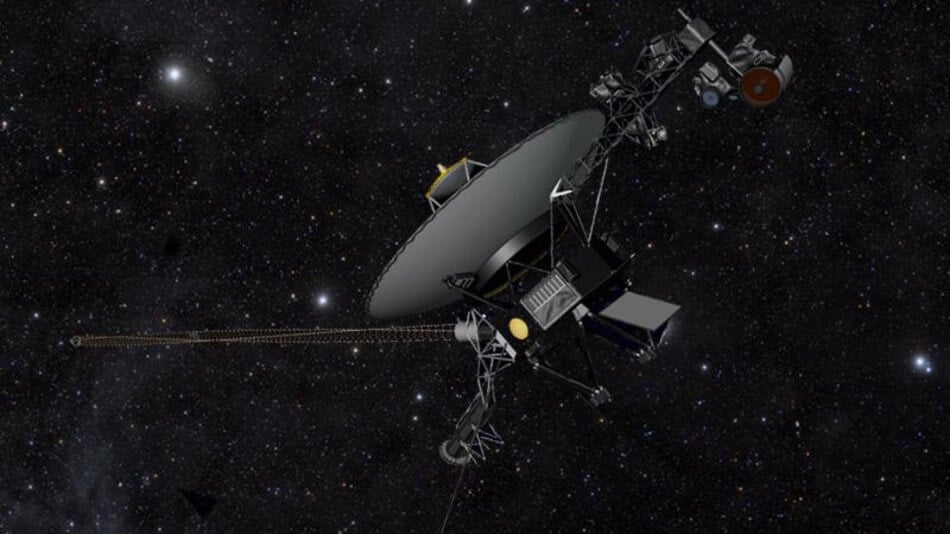
Space Agency NASA clearly knows how to squeeze out literally the last juice out of their spacecraft. In October of this year, the second time was extended mission automatic interplanetary station Dawn after she completed the study the dwarf planet Ceres. The device “New horizons”, in turn, moves to the meeting with large icy object in the Kuiper belt called MU69 that he will arrive in January 2019. And, as it turned out, NASA had a successful launch engines of the spacecraft “Voyager 1”, that hasn’t happened as much since 1980. According to the Agency, thanks to this service line unit could increase another couple of years.
“Voyager-1” — the only human-created spacecraft outside the Solar system. However, he still communicates with Earth through the deep space Network of NASA (DSN), which allows the engineers of the Agency to send the machine new instructions. For tiny adjustments of his position “Voyager-1” uses micro-motors control the orientation. In order for the antenna apparatus has always been directed towards the Earth, they run by just thousandths of a second. However since 2014 the engineers of the Agency began to note that these engines are worn out and not so effectively do their job.
Employees of the jet propulsion Laboratory (JPL) had to find an alternative method of stabilization of a spacecraft and eventually they found him – in the form of engines for agile course correction. They are located behind the spacecraft and almost identical to those used before. The last time these engines was started in November 1980, that is 37 years ago, when the automatic interplanetary station “Voyager 1” got in a gravitational field of attraction of Saturn. Since then, they have never been used, up until this Tuesday. When the JPL team ran, was surprised to find that they still work. According to the head of the project “Voyager” Suzanne Dodd, restart the engines and should help extend the operating time of probe “for another two to three years.”
Control command by the probe plans to go full-course correction “Voyager” at the expense of these engines in January next year, however, this system has one serious drawback. These engines require warming up, which is wasting limited energy reserves of the transmitter. Engineers are going to use these engines as long as you can use the system to their heating. After that, planned to go back to the management system using main engines of the orientation system. The JPL team also plans to check the efficiency of shunting engines have a twin brother, “Voyager 1”, the probe “Voyager-2”. In this NASA report that the engines maneuver trajectory correction are in better shape.
After 37 years of idle engines “Voyager-1” again
Nikolai Khizhnyak